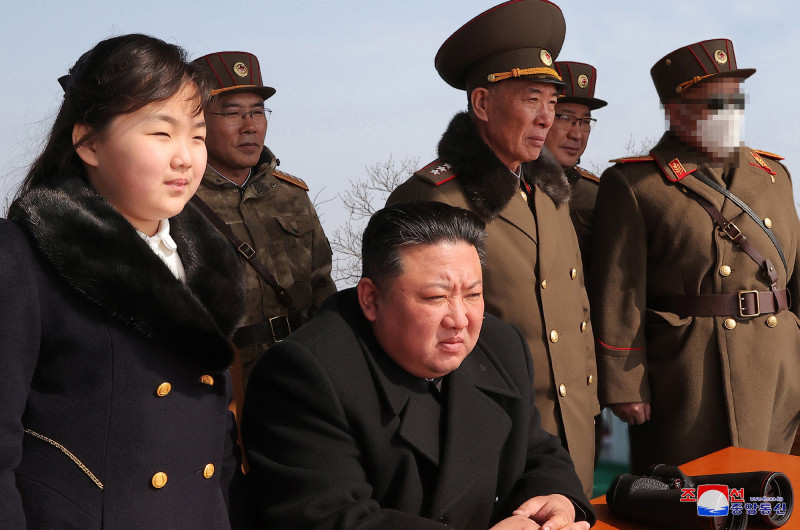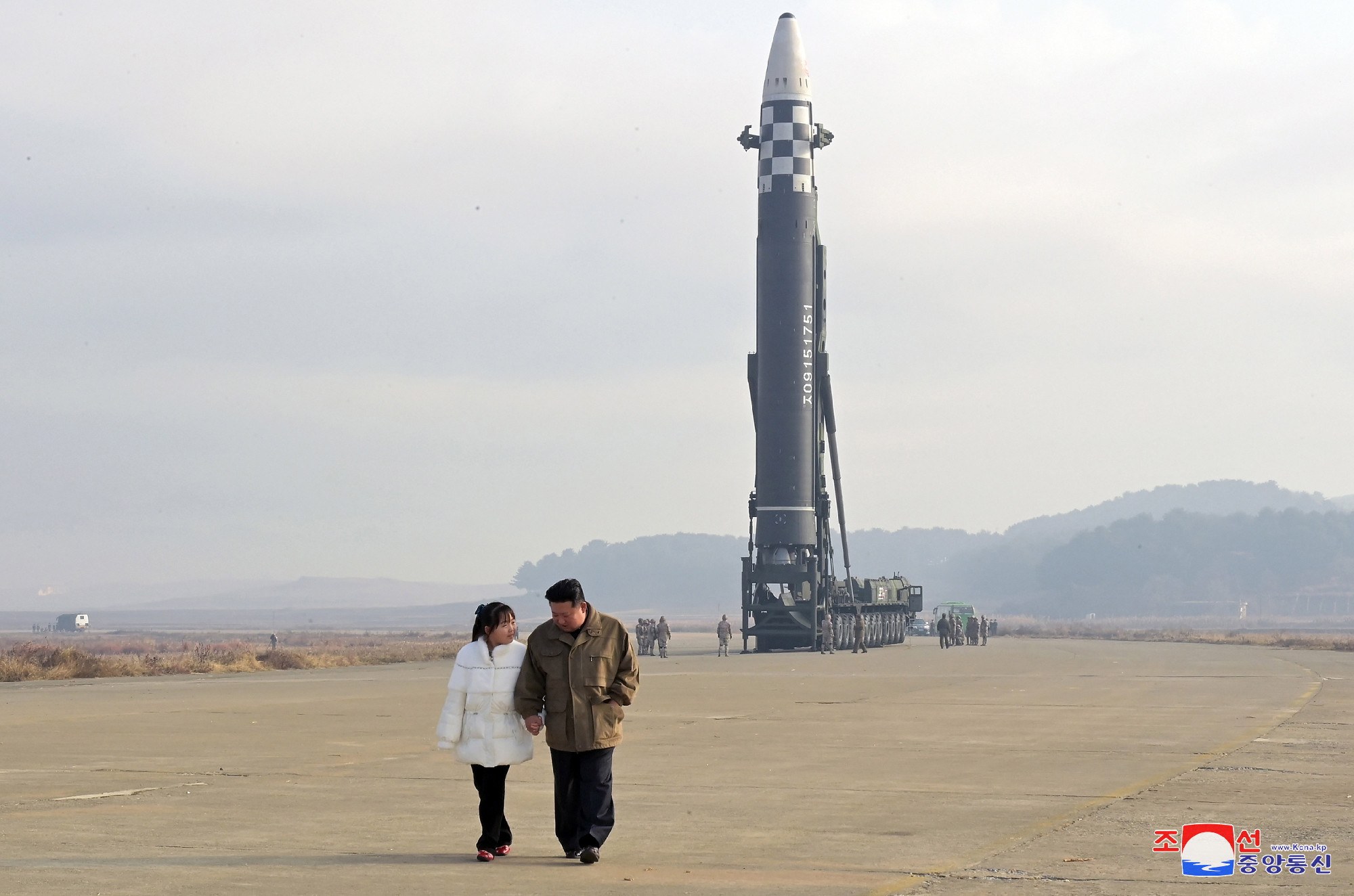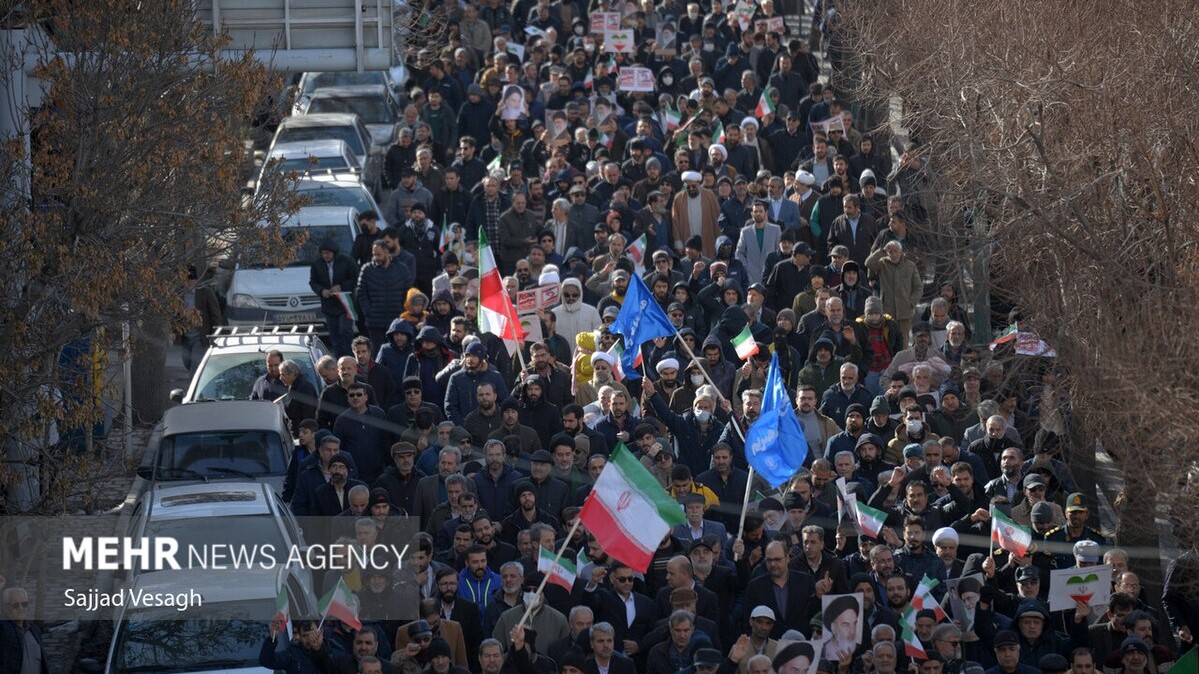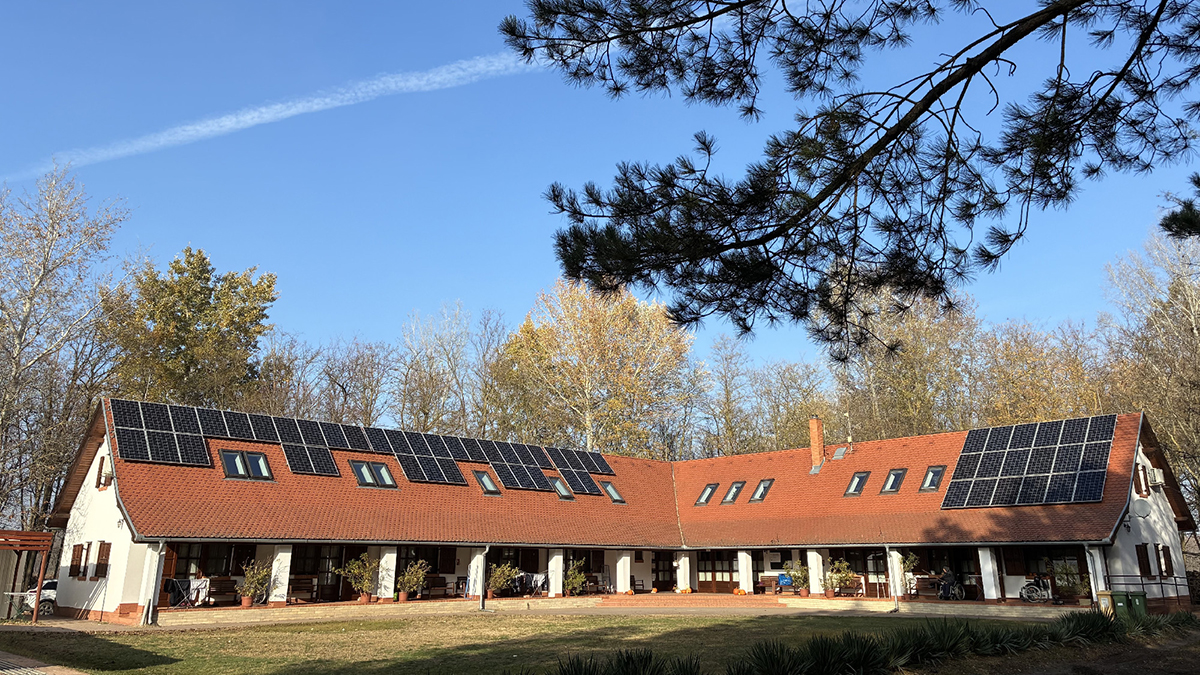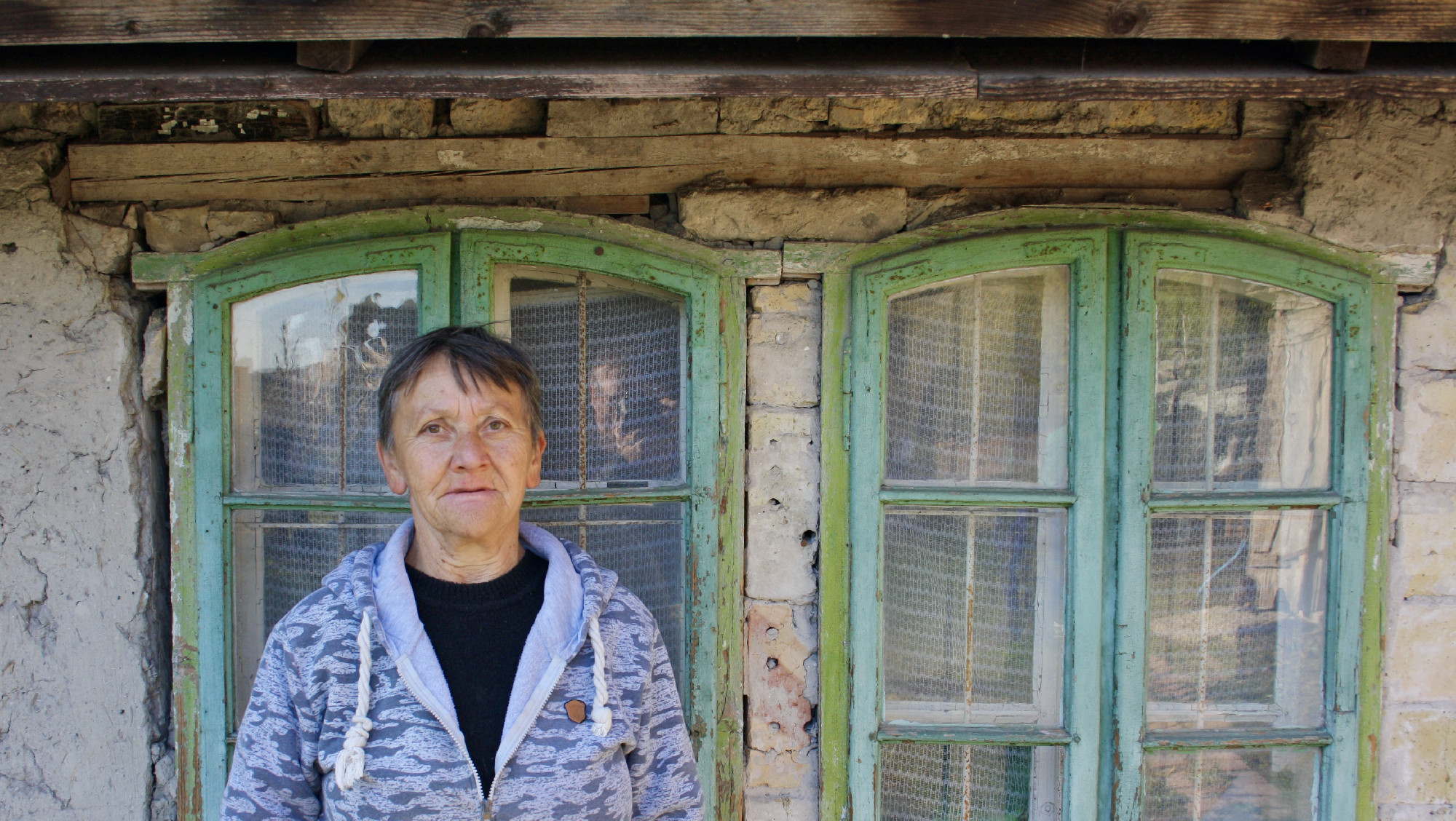The newly appointed head of South Korea’s intelligence service confirmed in early January that the most likely successor to North Korean leader Kim Jong Un is his daughter, Kim Ju-ae, now eleven or twelve years of age.
The baby girl was first spotted in a 2013 footage taken during US basketball player Dennis Rodman’s visit to Pyongyang, her parents proudly showing her off to the American celebrity. The next time Kim Ju-ae was seen in public was in November 2022, when her father took her to test an intercontinental ballistic missile. Since then, she has been a regular escort on her father’s side, visiting mainly military or military-related sites. And in an unexpected development in recent months, North Korean media have begun to use the epithet “respected” with Kim Ju-ae’s name—a privilege reserved for the regime’s top leaders.
The “respected daughter” and her father at military exercise on 18 March 2023 (MTI/EPA/KCNA)
This means that the possibility of a female assumption of power has been raised in a country the historical roots of which are fundamentally male-centred. In the early medieval Silla Kingdom of the Korean peninsula, a female ruler did reign over the country, but, from the late Middle Ages on, Confucian doctrine became exclusive, and roles women could undertake became very limited. From the 15th century to the end of the 19th century, the lives of Korean women were confined to their families, owing absolute obedience to their husbands and even to their husbands’ parents. Widows were not to remarry out of respect for the deceased, and if they did, their children were subjected to discriminatory punishments. In the feudal kingdom of Korea, women were only able to assume four roles whereby they could rise from their patriarchal subjugation. They could be court ladies, healer-nurses, shamans, or dancers called kisaeng, who, like the Japanese geisha, entertained distinguished guests with their dancing and conversation.
Although feudalism ceased by the end of the 19th century, the male-centricity of Korean society survived in many respects. After the Second World War, one of the most popular measures of the communist establishment in the northern part of the country was women’s emancipation. During the 1950s, the de facto second-in-command behind party general secretary Kim Il Sung was Pak Chong-ae, president of the Korean Democratic Women's League, for whom an orphanage was even named in Budapest in 1953. In comparison, the emancipation of the weaker sex in South Korea has been a little slower, but the results have been all the more impressive. With rapid urbanization, traditional female roles have been transformed, and the corporate culture of South Korea has seen the rise of ambitious women in the workplace, crowned by the inauguration of the country’s first female prime minister in 2006 and the first female head of state in the Republic of Korea in 2013. The process has now reached a stage where the latest Seoul mayoral election featured a candidate campaigning for a more liveable city for single women.
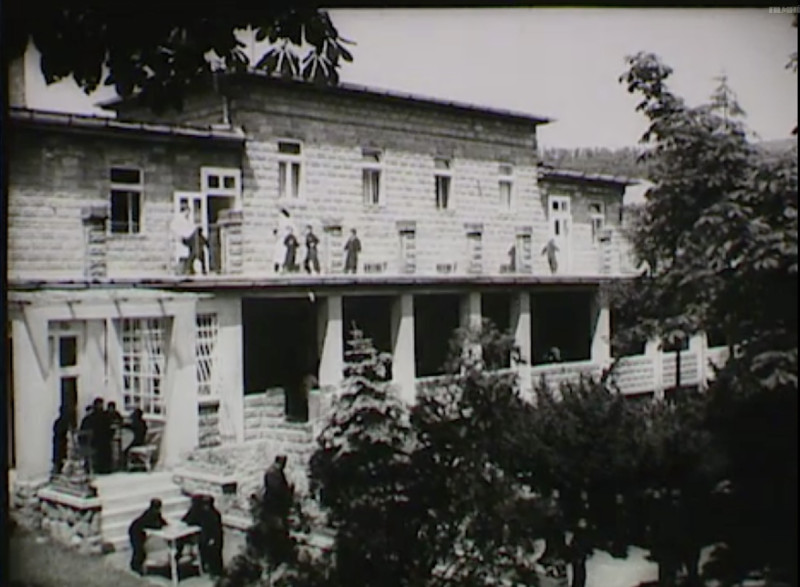
The Budapest Pak Chong-ae Orphanage for children who lost their parents in the Korean war (clip from Hungarian Newsreel, 1953)
In contrast, the northern part of the country seems to be stuck in the 1950s: women have important jobs in the party hierarchy and the entire state administration, but the country is far from being ready for the Kim family to continue to rule on its female side. This is probably one of the reasons why Kim Jong Un has been keen to introduce his daughter to the outside world as soon as possible and to start grooming her for her leadership role. By way of comparison, Kim Il Sung had appointed his first-born son, Kim Jong Il, as heir to the throne in the mid-1970s, who would work alongside his ageing father for almost twenty years in preparation for his eventual rise to power. In contrast, Kim Jong Un had only made his public debut in the autumn of 2010, and with Kim Jong Il's death a year later, his rise to power was rather steep. The very early introduction of his daughter is probably an attempt by Kim Jong Un to avoid such a steep ascent.

Women of Korea – the Arch of Reunification in Pyongyang built in 2001 and demolished in January 2024
According to South Korean press reports, Kim Jong Un does also have an older son, who is rumoured to be suffering from a medical condition making him unfit to be the heir to the throne. That leaves Kim Ju-ae, who is not only different from his father and grandfather in that she belongs to the weaker sex. There is another important difference, that the former heirs to the throne of the Kim family had become—even before their public debut—well acquainted with the foreign world. Kim Jong Il had spent the Korean War years in China, later visiting the Soviet Union and the socialist countries of Eastern Europe, and had even gone to Malta in the early 1970s to study English. In the 1990s, Kim Jong Un had studied in Switzerland, where he had had the opportunity to get to know the Western world. The adolescent Kim Ju-ae, however, has probably never left her locked-up country and has no idea of the world outside the court in Pyongyang. All this does not bode very well should the girl born into an autocracy actually gain full power in a country with an arsenal of weapons of mass destruction.
The author is a Koreanist, former Hungarian ambassador to Seoul
Cover photo: Kim Jong Un and daughter Ki Ju-ae at missile launch site near Pyongyang on 29 November 2023 (MTI/EPA/KCNA)
